STEAMBOAT (Day 4 - part 1)
For breakfast, we made our way down to the French Market for some beignets.


Decorated lamp ... A mule stands ready as passangers board the carriage.
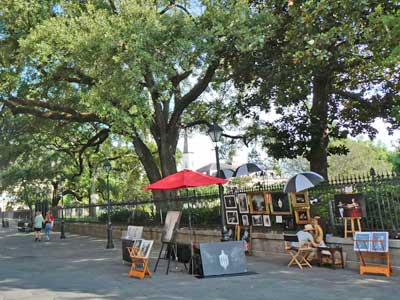

Artists display their work at Jackson Square.

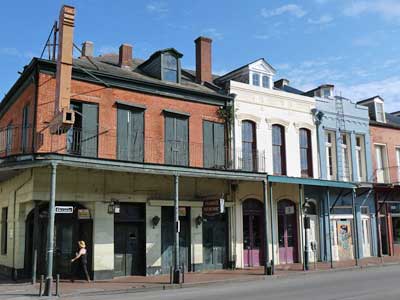


Café du Monde opened in 1862 and served only coffee and beignets. The original building, called The Butcher's Hall, was built in 1771 by the Spanish. It was damaged by a hurricane in 1812 but rebuilt the following year. The cafe now serves a few other drinks, but otherwise the menu has mostly remained unchanged since the Civil War. There are also other locations as well.


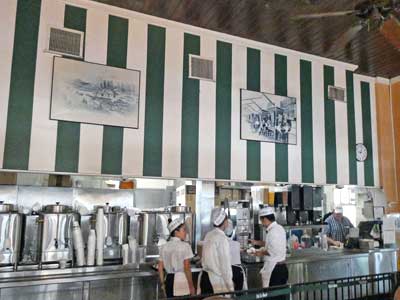




We headed over to the dock for a 2.5 hour cruise on the Steamboat Natchez. The plan was to go 7 miles downstream, turn, go back upstream past the loading dock, turn again at the bridge, then return to the dock.


We chose the Rolling on the River cruise, but there was also a Sippin' on the Sippi one which included alcoholic drinks. The line "Rollin' on the River" came from a 1935 Will Rogers movie “Steamboat Round the Bend" and was immortalized in a 1968 song by Creedence Clearwater Revival.
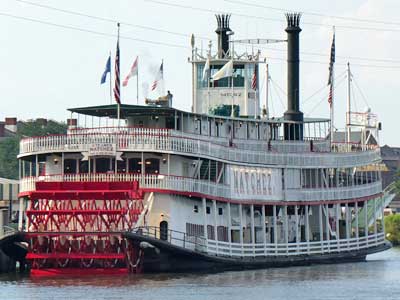

The Natchez
This is the 9th steamer to bear the name Natchez. When it launched in 1975, it was one of only six true steam-powered sternwheelers left on the Mississippi. In 2013, only two remained. Today, it is the last authentic steam-powered paddlewheeler on the Mississippi.


A 32-note steam calliope sat on the upper deck, pumping out charming medlies and old songs.
A calliope (also steam organ or steam piano) is a North American musical instrument that produces sound by sending a gas (in this case steam) through large whistles (originally locomotive whistles). It is typically very loud, often audible for miles. Since the pitch of each note is largely affected by the temperature of the steam, accurate tuning is nearly impossible. As such, the off-pitch notes have become something of its trademark.


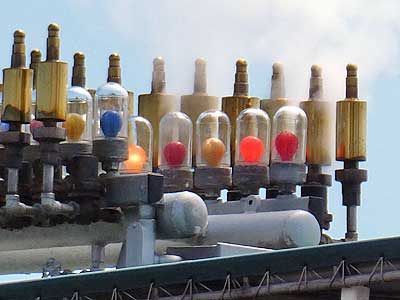
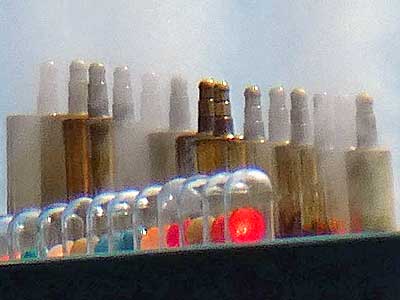
Colored light bulbs would also illuminate.

From the bow (front) of the ship


The Union Jack is a maritime jack flag flown from a short jackstaff at the bow of US vessels that are moored or anchored. Once under way, the jack is lowered. Jacks first appeared in the 1600s. The Union Jack was adopted in 1777, alongside the US national flag itself. A new star was added with each new state admitted into the Union.

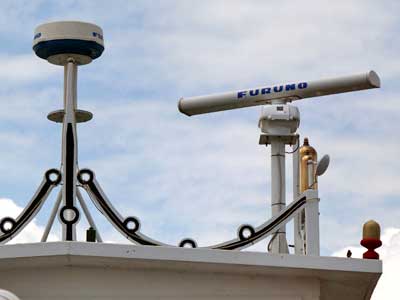
The pilot house ... presumably navigation equipment
We had 30 minutes before departure, so I took that time to fully explore the vessel.






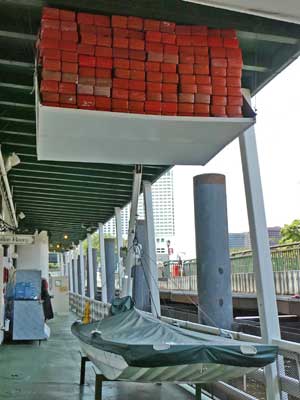
(right) Lifeboat and lifevests


(left) A muster station is a designated area on a ship where passengers and crew assemble in an emergency.
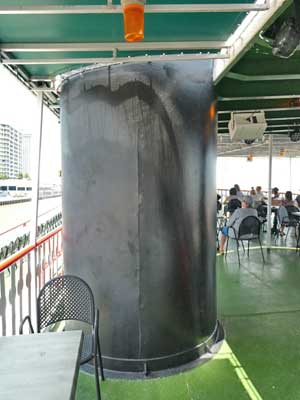
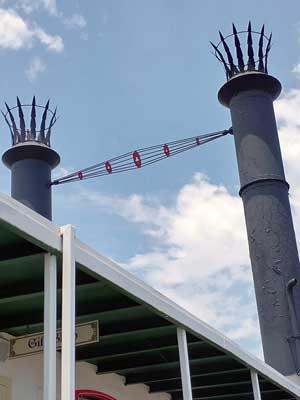
The smokestacks


The US Coast Guard passed overhead. .... A fighter jet circled several times.


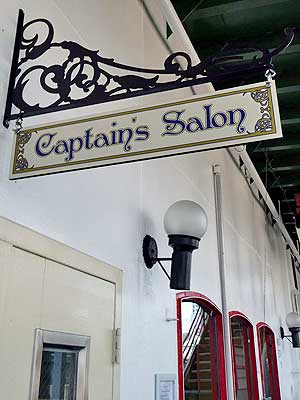
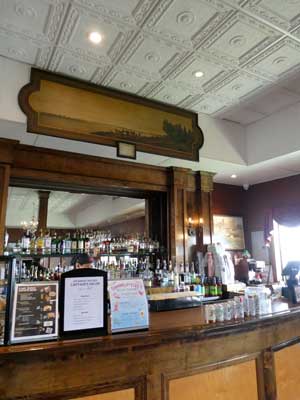
There were several small places to grab something to eat and drink.

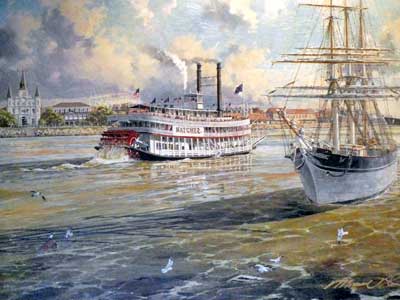
return • continue

